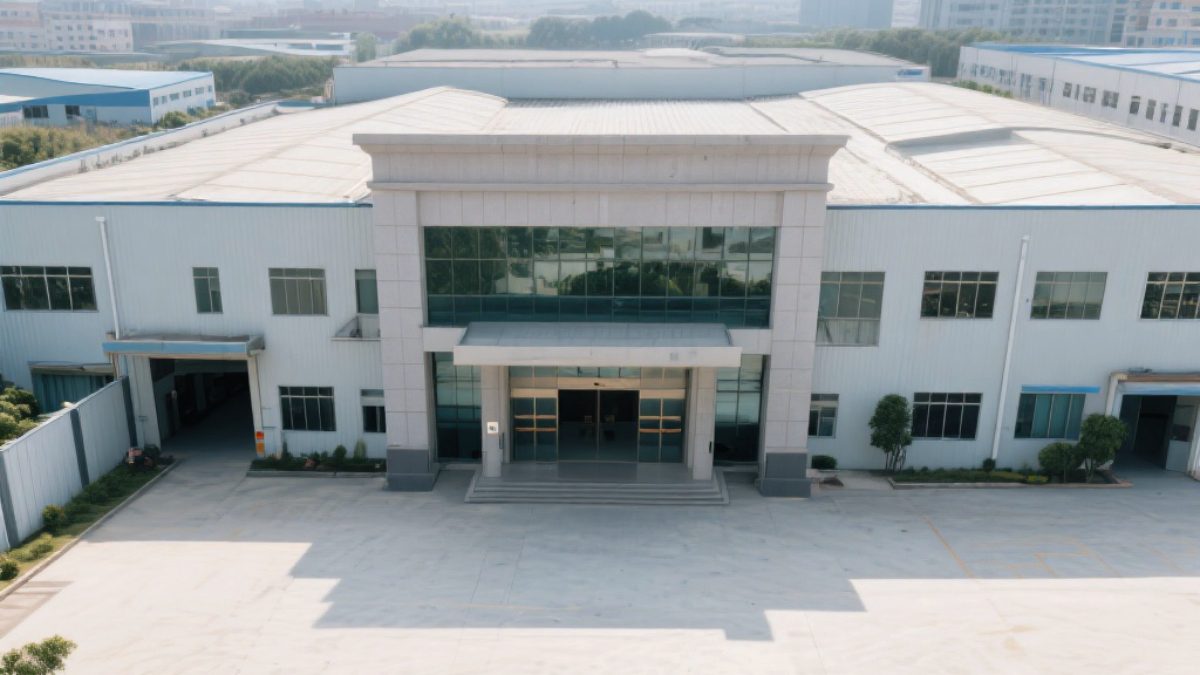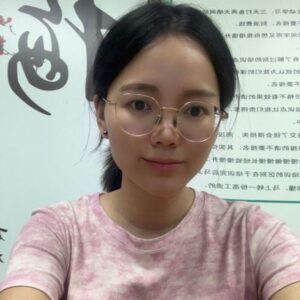With the booming global furniture manufacturing and interior decoration industries, PVC edge banding—an indispensable auxiliary material—continues to experience strong growth in global market demand (see PVC Edge Banding International Market Demand and Trends, 2025 Edition). For distributors and importers seeking a stable and sustainable business, selling PVC edge banding has become an increasingly attractive opportunity.
This article provides an in-depth analysis of the industry’s potential in terms of market demand, profit margins, storage and transportation advantages, and repurchase rates, helping you seize edge banding wholesale opportunities and achieve long-term profitability.
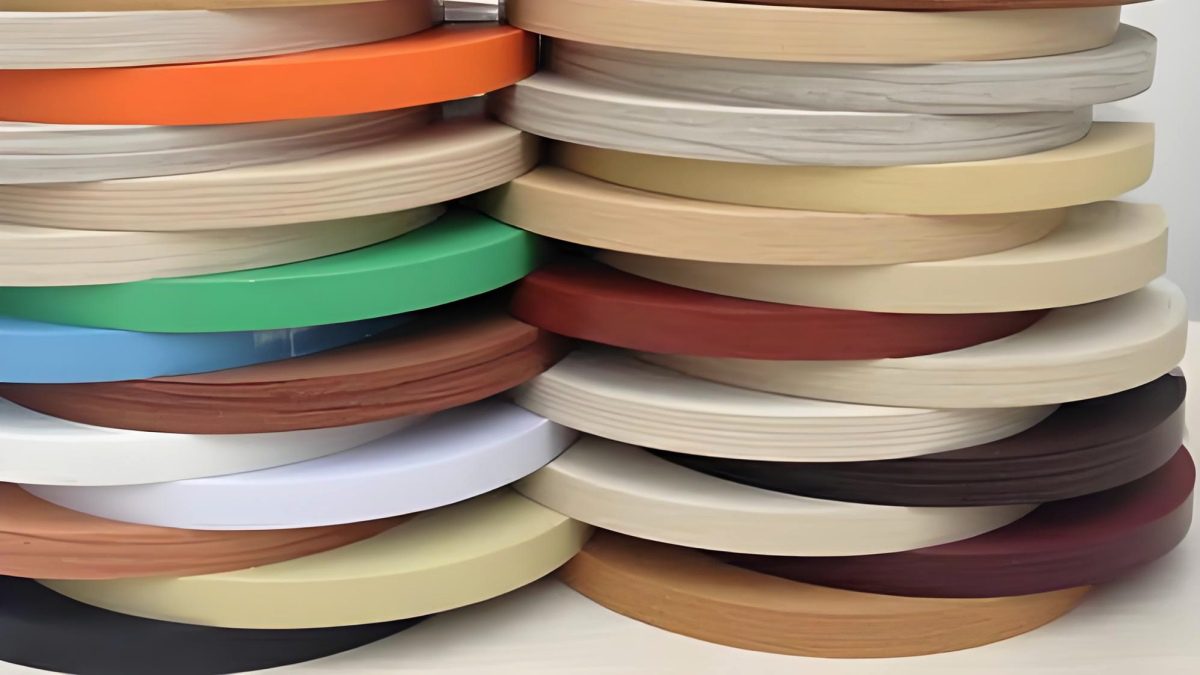
1. Continuously Growing Market Demand
PVC edge banding is widely used in panel furniture, interior decoration, commercial space design, and various other fields. Its core demand primarily comes from two major sources:
Furniture manufacturing:
The global custom furniture market is growing at a compound annual rate of over 5%. As an essential consumable in furniture production, edge banding has experienced a corresponding rise in demand.
Renovation and remodeling markets:
The renovation of existing homes and the upgrading of commercial spaces continue to drive the consumption of edge banding, with waterproof and wear-resistant PVC types being especially popular.
As a result, the demand for PVC edge banding continues to expand steadily—from Asia and the Middle East to South America and Eastern Europe. This trend highlights that PVC edge banding distributors occupy a crucial position in the industry chain and benefit from strong, resilient market demand.
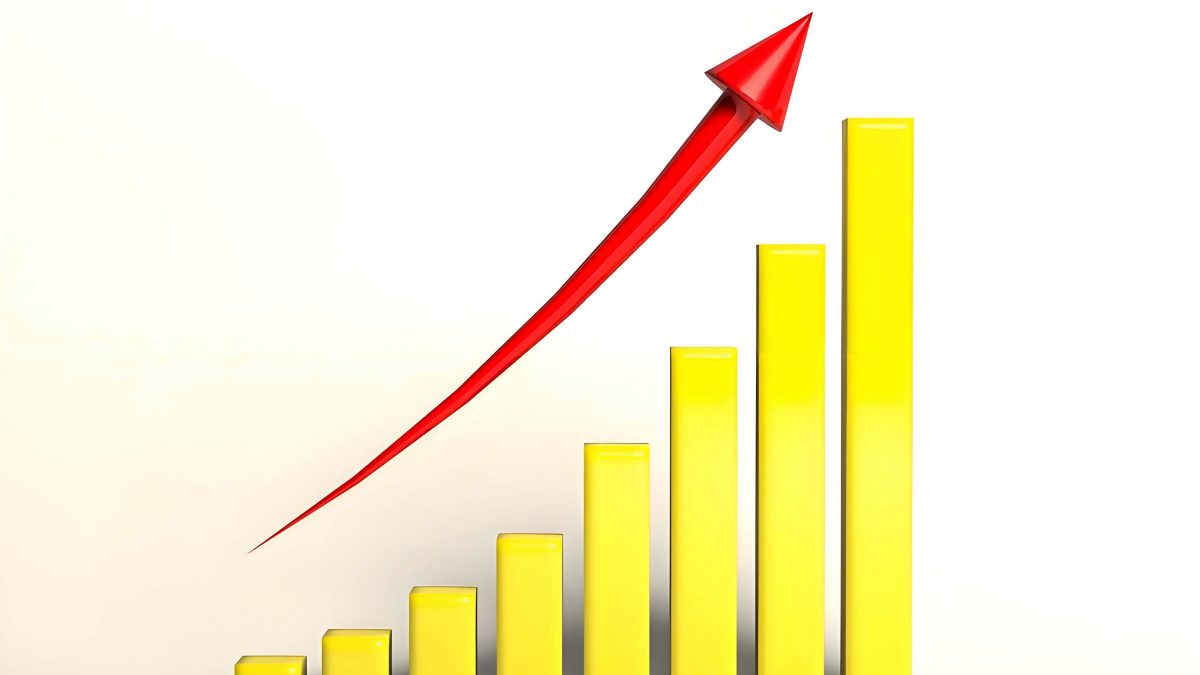
2. Significant Profit Margins
Compared with other furniture materials, PVC edge banding features low raw material costs and mature production technology. However, through refined processing and effective branding, its added value can be significantly enhanced, resulting in higher profit margins. moreover, distributors who purchase in bulk can obtain high-quality edge banding at more competitive prices, further improving profitability.
3. Easy Storage and Transportation with Minimal Loss
Lightweight and easy to stack:
Edge banding, typically packaged in rolls or boxes, is easy to store and does not require special environmental conditions, helping reduce inventory management costs.
Wear-resistant and moisture-proof:
PVC material is not easy to deform or deteriorate, and has a low loss rate during transportation, making it particularly suitable for long-distance wholesale.
Compared with other furniture materials, PVC edge banding offers remarkable advantages in logistics and warehousing. These benefits allow distributors to respond quickly to orders, manage inventory more flexibly, and maximize capital turnover, all while significantly reducing operational risks.
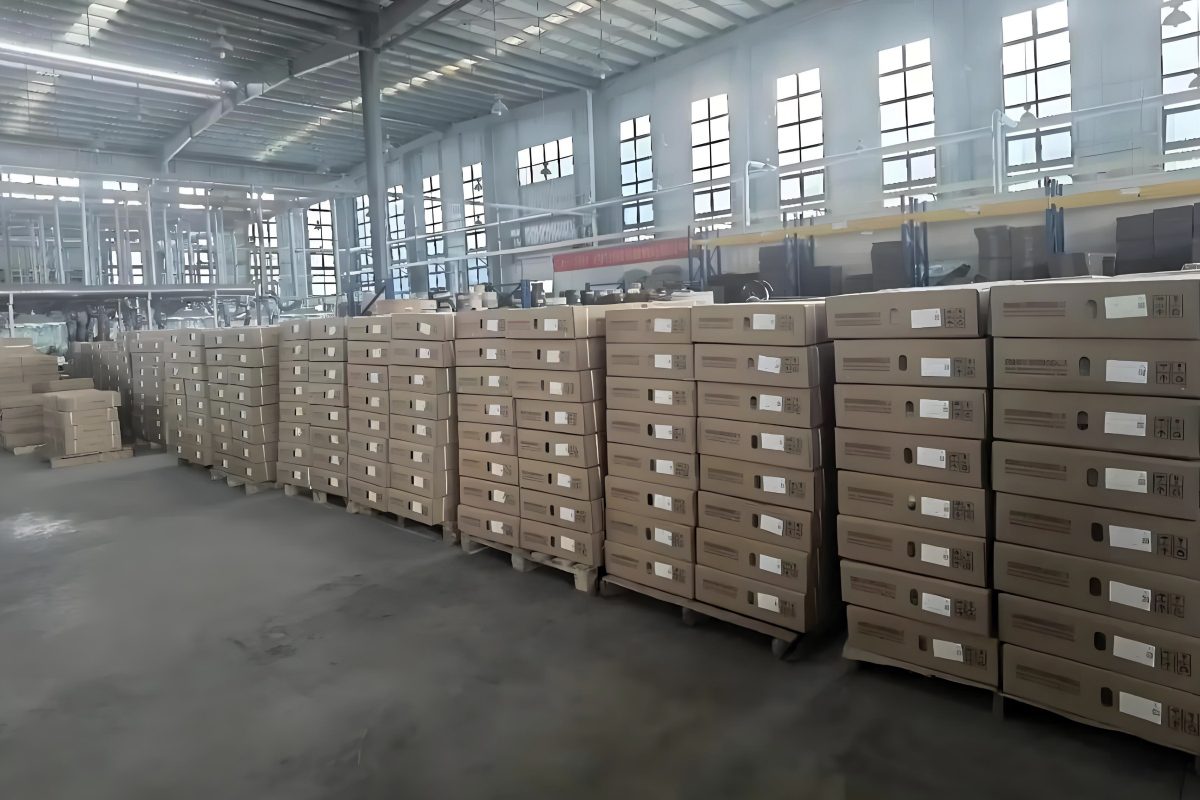
4. High Repurchase Rate
Edge banding is a consumable product. Once furniture manufacturers or carpenters recognize a distributor’s product quality and service, they tend to form stable purchasing habits. Thanks to this high repurchase rate, distributors benefit from repeat orders and steady cash flow.
Therefore, cultivating PVC edge banding wholesale opportunities not only brings short-term profits but also builds a solid foundation for long-term business growth.
Conclusion
The PVC edge banding distribution business combines strong market demand, healthy profit margins, low operational barriers, and high customer loyalty, making it one of the most promising wholesale opportunities in the furniture supply chain. whether you are looking to expand your existing product line or start a new entrepreneurial venture, this sector offers abundant growth potential for forward-thinking distributors.
If you’re ready to broaden your product portfolio or become a regional PVC edge banding distributor, contact Shengmei Edge Banding Factory, one of China’s leading manufacturers, today for samples and quotations.
